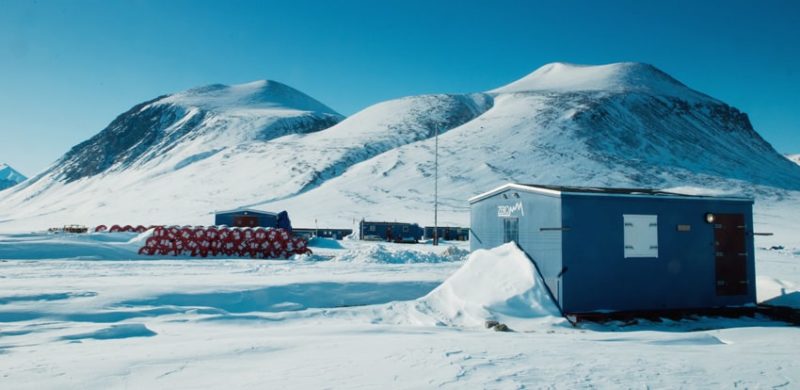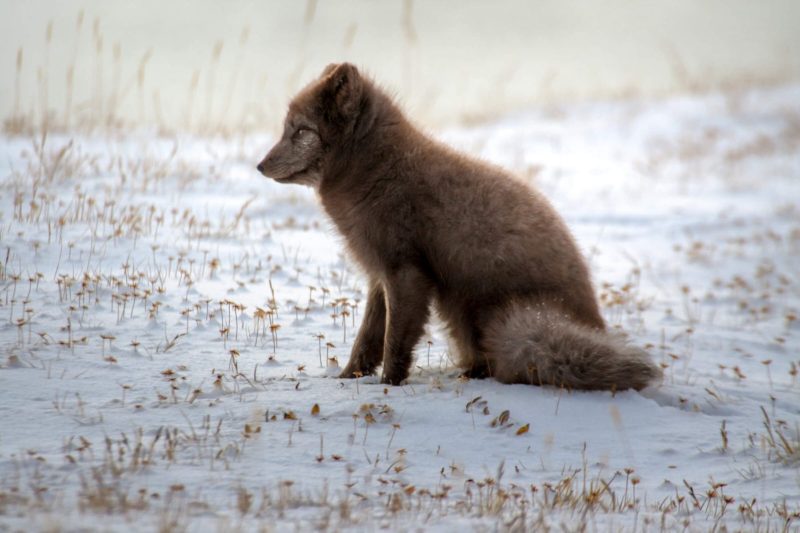
Extreme snowfall sounds pretty good in the midst of melting ice caps and rising sea levels. However, in Zackenberg, Northeast Greenland animal breeding and plant growth have been prevented by the snow coverage that lasted well into the summer of 2018.
The Arctic ecosystem has been closely monitored for almost 20 years. Researchers have compared the unusual snow year of 2018 to the years monitored in the past. According to the team’s scientific article, the largest failure of reproduction in this Arctic region has resulted from last year’s snow conditions.

At the end of July, when the peak of animal breeding and plant growth normally occur, 45% of the landscape was covered in snow. This made it difficult for insects and plants to survive. By the time flowering occurred it was too late in the season for many seeds to develop before the frost set in. A small fraction of migratory shorebirds were present, but the delayed nest initiation caused their eggs to hatch very late in the season. Among the mammals, there were barely any muskox calves and no Arctic fox cubs observed.
The diverse and specialized groups of organisms in the Arctic are accustomed to severe climate conditions. But the Arctic is altering due to climate change. It has experienced long-term warming and retreating snow coverage, which is well-documented. At the same time, climate variability and extreme weather events are increasing. The effects of extreme weather on the Arctic ecosystem, which are expected to continue, are unknown.
“One non-breeding year is hardly that bad for high-arctic species”, says Niels Martin Schmidt, an arctic ecosystem ecologist at Aarhus University, Denmark, and lead author of the study. “The worrying perspective is that 2018 may offer a peep into the future, where increased climatic variability may push the arctic species to – and potentially beyond – their limits. Our study shows that climate change is more than ‘just’ warming, and that ecosystems may be hard hit by currently still rare but extreme events.”
Other regions of the Arctic experienced extreme snowfall, but those areas are not as closely monitored as Zackenberg.